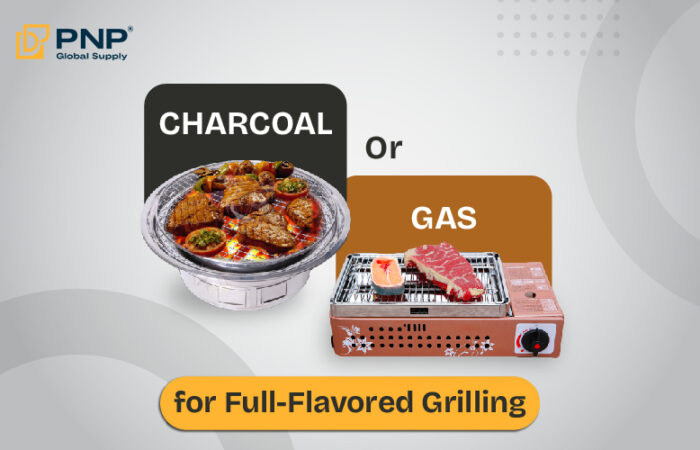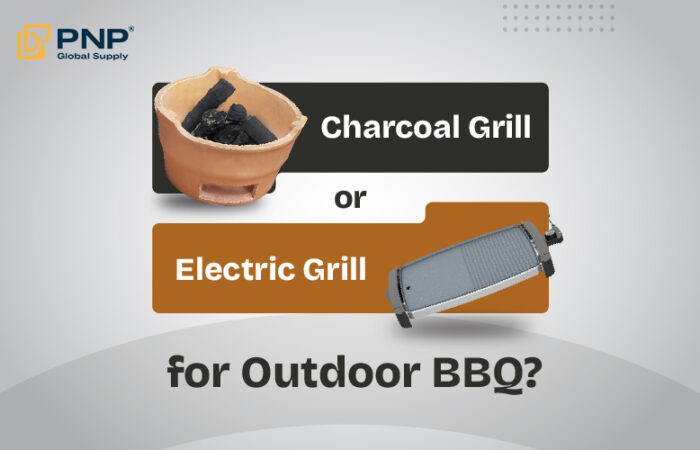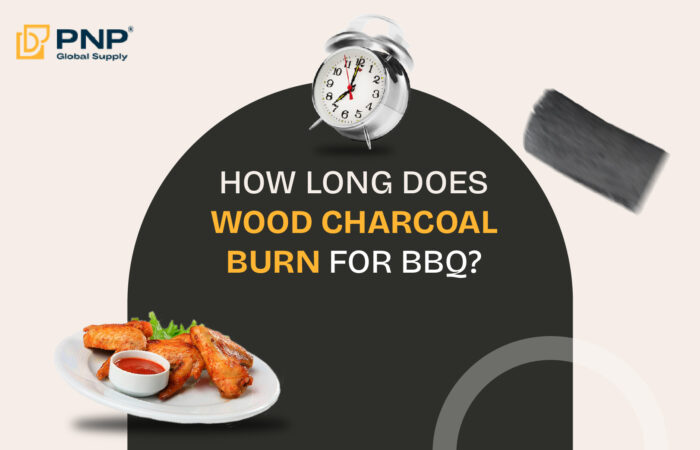Charcoal is one of the most essential materials in both traditional and modern cooking. It’s widely used for barbecuing, grilling, heating, and even in some industrial applications. But a question many people ask is: what is charcoal made of? While there are different types of charcoal, including those made from coconut shells or sawdust, the most commonly used and highly preferred type is charcoal made from wood.
This article explores what wood charcoal is, how it is made, the different types such as charcoal mangrove, eucalyptus charcoal, hardwood charcoal, and hardwood lump charcoal, and why these types are favored by chefs, home grillers, and restaurant charcoal suppliers around the world.
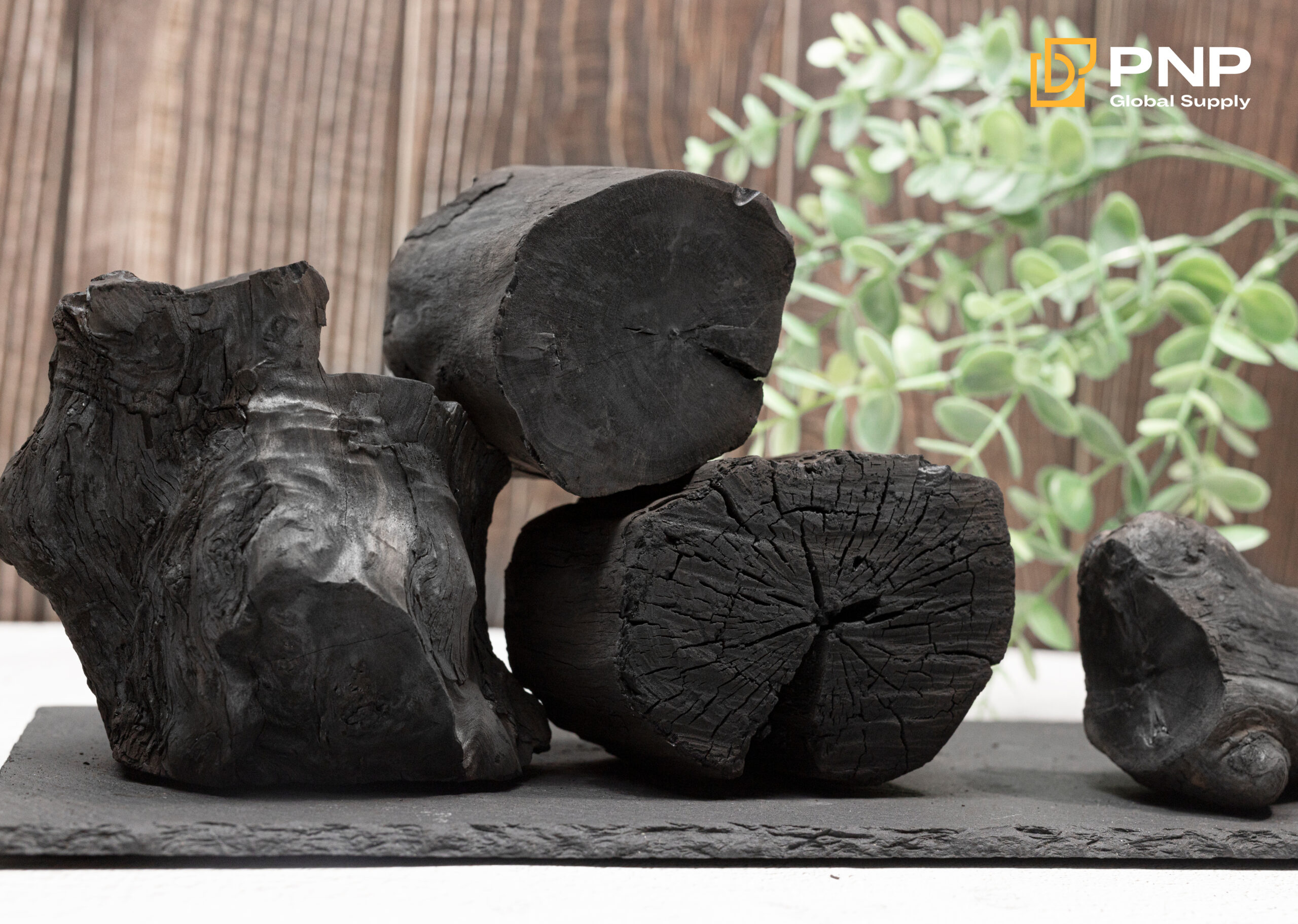
What is Charcoal Made Of?
To understand charcoal, we first need to know how it is produced. Charcoal is created through a process called carbonization, where organic material—most often wood—is burned in a low-oxygen environment. This removes water, sap, and volatile compounds, leaving behind almost pure carbon. When the base material is wood, the result is wood charcoal, known for its natural aroma, stable burning temperature, and minimal ash.
So, what is charcoal made of? Simply put, it is made from hardwoods or softwoods that have undergone controlled burning. The choice of wood plays a significant role in the quality of the final product. Dense hardwoods like mangrove, eucalyptus, and oak are ideal because they burn longer and produce more consistent heat.
How is Wood Charcoal Produced?
The production process starts with selecting suitable wood. This can range from large hardwood logs to smaller branches or even agricultural wood waste. The wood is first dried to reduce its moisture content, as lower moisture ensures better combustion and cleaner carbonization. Once dried, the wood is stacked in kilns—either traditional earth kilns or modern steel kilns—where it is burned slowly at temperatures ranging from 400 to 700 degrees Celsius with very limited air. This slow pyrolysis process can take several days and results in dense, carbon-rich charcoal that retains the shape of the original wood pieces. Once the burning is complete, the charcoal is cooled, sorted, and packed.
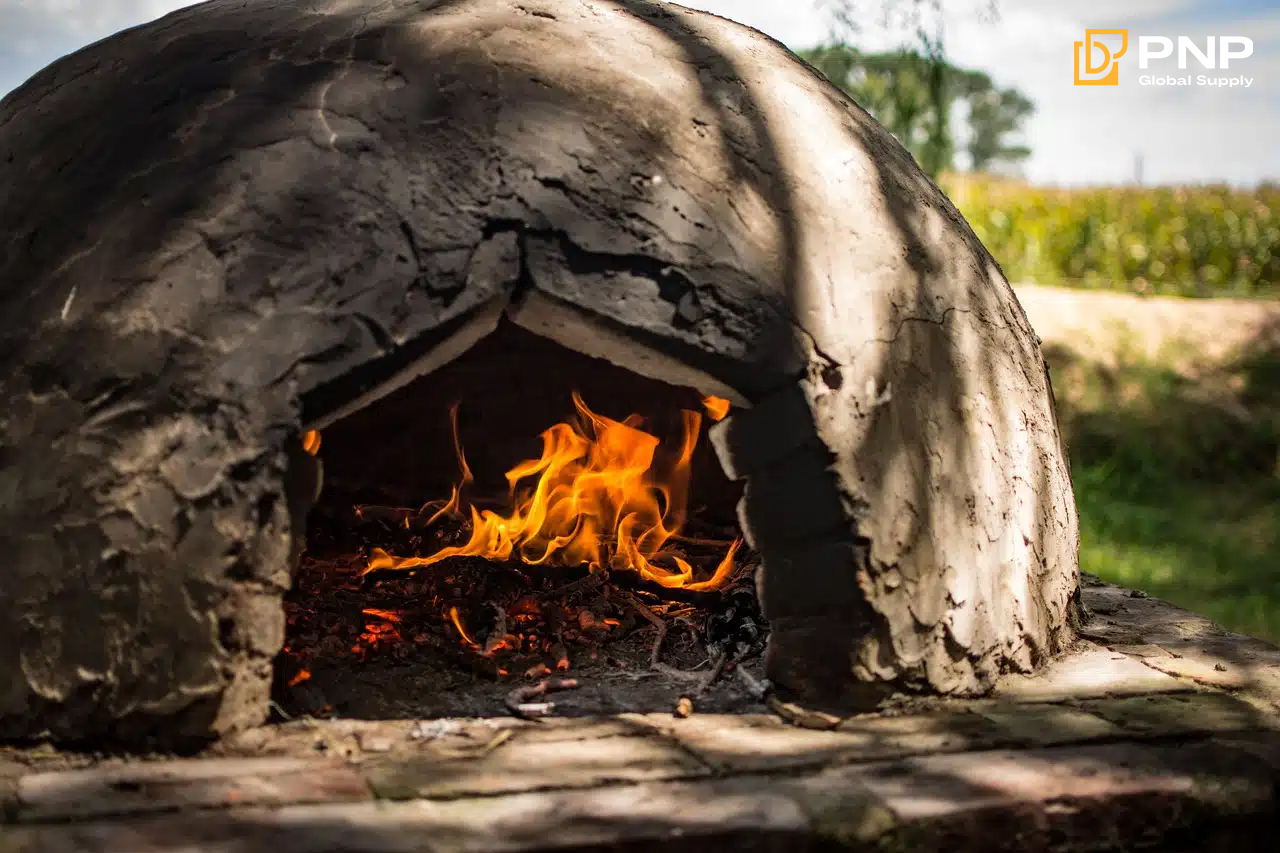
Types of Wood Charcoal
There are various types of wood charcoal, each with different characteristics based on the type of wood used. Among them, charcoal mangrove, eucalyptus charcoal, kaya charcoal, longan charcoal and coffee charcoal are the most widely used in both domestic and professional settings.
Mangrove Wood
Mangrove charcoal is made from dense, slow-growing mangrove trees that thrive in brackish coastal areas of Vietnam. The wood is naturally compact and rich in carbon, which allows the resulting charcoal to burn slowly and evenly with intense heat. Thanks to the high wood density, mangrove charcoal has a long-lasting burn and produces very little ash. This makes it a popular choice for restaurant-grade BBQ and professional grilling environments.
Kaya Wood
Kaya charcoal is produced from the hardwood of the kaya tree, a native species found in tropical and subtropical forests. The wood is known for its high durability and structural density, allowing it to produce charcoal with long burn time and stable heat. Kaya wood is slightly less common than mangrove or longan, but it is favored by users who require consistent heat over long grilling sessions.
Coffee Wood
Coffee charcoal comes from pruned branches and old trunks of coffee trees, primarily grown in Vietnam’s Central Highlands like Dak Lak and Lam Dong. Instead of letting these cuttings go to waste, they are repurposed into high-performance charcoal. Coffee wood is moderately dense and rich in natural oils, giving the charcoal excellent burning efficiency, steady heat output, and low smoke. It’s an eco-conscious option made from agricultural byproduct.
Longan Wood
Longan charcoal is made from the wood of mature longan fruit trees, which are abundant in southern Vietnam. This hardwood has a naturally tight grain and high moisture resistance, which translates into charcoal that burns cleanly, with a stable temperature and minimal ash. Longan charcoal also gives off a subtle, pleasant aroma when burned, making it a favorite for grilling meats and seafood in both home kitchens and upscale restaurants.
Eucalyptus Wood
Eucalyptus charcoal is produced from fast-growing eucalyptus trees cultivated in managed plantations. The wood is straight-grained and relatively lightweight compared to denser hardwoods, but still burns with strong heat. Because eucalyptus grows rapidly, it’s a more renewable source of charcoal. The resulting product lights up easily and burns evenly, making it suitable for both domestic grilling and export markets looking for eco-friendly fuel.
Why Do Restaurants and Chefs Prefer Wood Charcoal?
The popularity of wood charcoal among restaurants, chefs, and barbecue enthusiasts isn’t just a coincidence. There are several advantages that make it the preferred fuel.
First and foremost, wood charcoal offers high heat output, which is essential for searing meat and achieving that crispy outside with juicy inside. It can easily reach temperatures above 1000°F, allowing quick cooking and better caramelization.
Secondly, it provides a long burn time, especially when using high-density charcoal such as mangrove or hardwood. This means fewer interruptions during service in a restaurant kitchen or while hosting a barbecue.
Another reason is its low smoke and ash production. High-quality wood charcoal is made from well-dried wood and goes through thorough carbonization, resulting in minimal residue. This ensures a clean cooking experience, reduces mess, and prevents food from absorbing unwanted odors.
Most importantly, wood charcoal offers a natural aroma and flavor. Grilling over mangrove or hardwood charcoal imparts a subtle smokiness that enhances the taste of meats, vegetables, and even seafood. This is a key reason why many high-end BBQ restaurants insist on using wood-based charcoal.
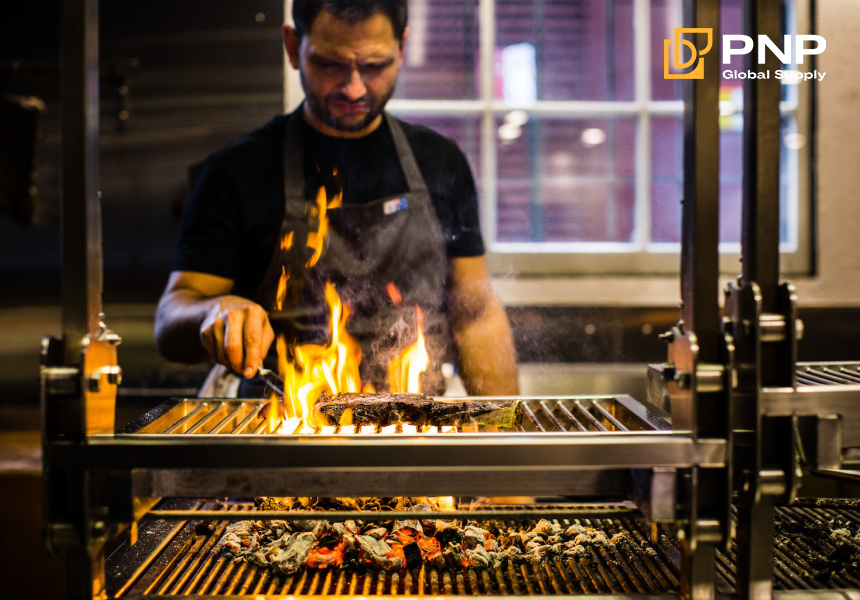
The Role of Restaurant Charcoal Suppliers
Behind every successful BBQ restaurant or steakhouse is a reliable source of charcoal. Restaurant charcoal suppliers play a vital role in ensuring that businesses have access to consistent, high-quality fuel that meets their cooking standards.
These suppliers typically offer various charcoal types such as mangrove, eucalyptus, and hardwood lump. They may also provide custom sizing, moisture content guarantees, and packaging tailored to restaurant needs. For restaurants that operate large grills daily, having a dependable supplier means fewer operational disruptions and consistent food quality.
When choosing a charcoal supplier, it’s essential to consider factors like product origin, production method, burn quality, and certifications. Some suppliers also offer eco-friendly options, ensuring that your charcoal is not only effective but also responsibly sourced.
Sustainability in Wood Charcoal Production
As charcoal demand grows, especially from restaurants and exports, sustainability has become a major concern. Traditional charcoal production has, in some regions, contributed to deforestation and air pollution. However, modern practices are changing that.
Producers now focus on using wood from renewable sources such as managed eucalyptus plantations. Some also recycle agricultural byproducts like sawdust to make eco-briquettes. Additionally, cleaner technologies such as retort kilns are being used to reduce emissions and increase efficiency.
When buying charcoal, consumers and businesses alike should look for products certified by sustainability standards or labeled as responsibly sourced. Supporting ethical producers not only helps the environment but also encourages fair trade practices within the industry.
Choosing the Right Charcoal for Your Needs
With so many options available, how do you choose the right charcoal? The answer depends on your cooking method and expectations.
If you’re running a restaurant or need steady heat for long grilling sessions, mangrove charcoal or hardwood lump charcoal is ideal due to their durability and heat retention. If you’re more concerned about sustainability and quicker ignition, eucalyptus charcoal may be the better option. For home BBQ enthusiasts who prioritize flavor and natural burn, any pure hardwood charcoal is a great choice.
Make sure to also consider the quality of supply. Working with experienced restaurant charcoal suppliers ensures you get the right charcoal type in the right quantity with consistent quality.
You can explore more tips on how to choose charcoal in the article below: Best Way to Choose When Buying Charcoal
Conclusion
To wrap it up, what is charcoal made of when it comes to grilling and professional use? The answer is high-quality wood, carefully selected and carbonized to create a clean-burning, high-heat fuel source. Whether it’s dense charcoal mangrove, fast-burning eucalyptus charcoal, reliable hardwood charcoal, or premium hardwood lump charcoal, each type has its place in kitchens and grills around the world.
If you’re a chef, restaurant owner, or serious griller, choosing the right charcoal and partnering with the right restaurant charcoal suppliers can make all the difference in your cooking results. From flavor and heat to sustainability and supply, wood charcoal continues to be the heart of great grilling.
________________________________
Contact us for more information
Facebook: PNP Charcoal
Instagram: PNP Charcoal
Email: info@pnpglobalsupply.com

